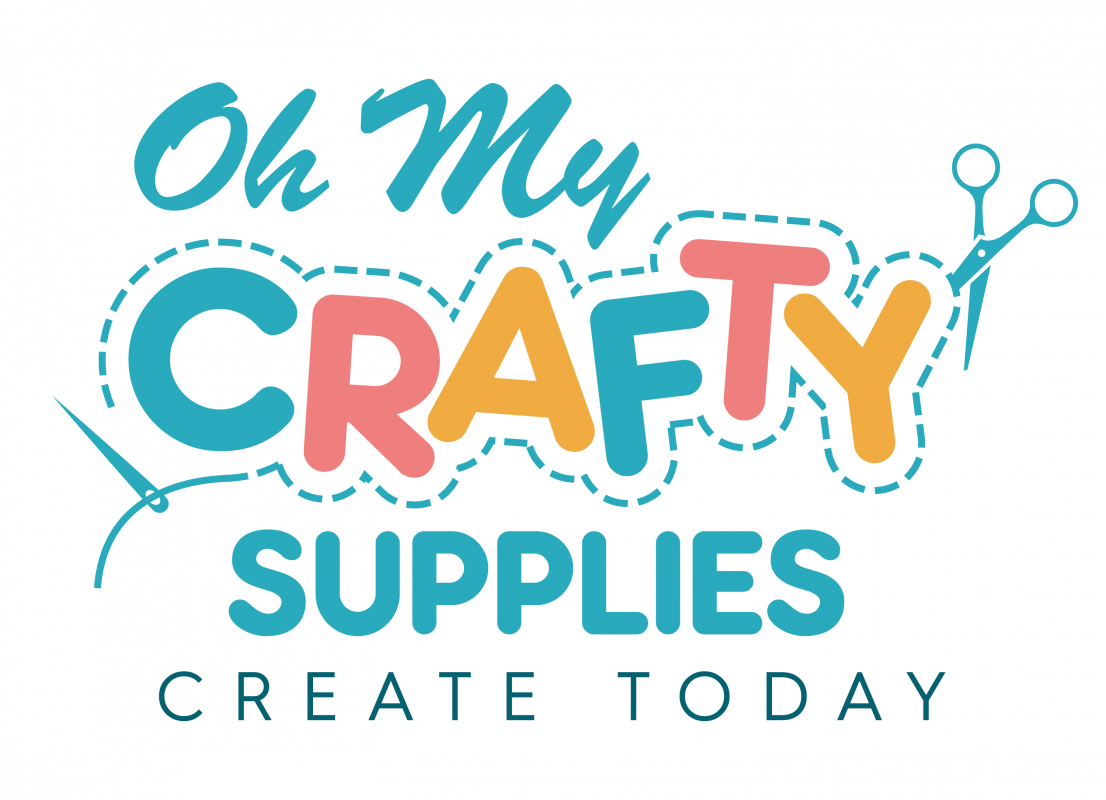Crafty Chronicles
Get Started with Sewing: A Beginner’s Guide
Are you ready to unleash your creativity and dive into the world of sewing? Whether you’re interested in making your own clothes, home decor, or unique gifts, sewing is a fantastic skill to learn. With a few basic supplies and a little patience, you’ll be on your way to creating beautiful and functional items in no time. In this beginner’s guide, we’ll walk you through the essential steps to get started with sewing. So grab your fabric, thread, and needles, and let’s begin this exciting journey!
Choose the Right Sewing Machine
Before you start sewing, it’s important to have the right machine for your needs. Consider factors like your budget, the type of sewing projects you’re interested in, and your skill level. There are various types of sewing machines available, including mechanical, electronic, and computerized models. Mechanical machines are great for beginners as they are simple to operate and budget-friendly. However, if you’re ready to take your sewing to the next level, an electronic or computerized machine can offer more advanced features.
Gather Essential Sewing Supplies
Alongside a sewing machine, you’ll need a few basic supplies to get started. These include:
- Thread: Choose a high-quality thread that matches your fabric.
- Needles: Different sewing projects may require different types of needles, so make sure to have a variety of sizes on hand.
- Fabric: Start with simple fabrics like cotton or a cotton blend.
- Pins: Use straight pins to hold your fabric in place while sewing.
- Scissors: Invest in a good pair of fabric scissors for clean cuts.
- Measuring tools: A tape measure and a sewing gauge will help you achieve accurate measurements.
- Patterns: If you’re not comfortable creating your own designs, start with ready-made patterns that guide you through the sewing process.
Learn the Basics of Sewing
Before diving into your first sewing project, take the time to learn the basics of sewing. This will help you understand essential techniques and terms that will be used throughout your sewing journey. Some key concepts to familiarize yourself with include:
- Threading the machine: Learn how to properly thread your sewing machine to ensure smooth operation.
- Bobbins: Understand how to wind and install bobbins, which hold the thread on the underside of the fabric.
- Tension: Adjust the tension settings on your machine to achieve balanced stitches.
- Seam allowances: Become familiar with the standard seam allowance measurement, typically ⅝ inch or 1.5 cm, and how to properly mark and sew within this allowance.
- Backstitching: Practice backstitching at the beginning and end of each seam to secure your stitches.
Start with Simple Projects
Now that you have your supplies and a basic understanding of sewing, it’s time to start your first project. Begin with simple projects that allow you to practice your skills and build confidence. Some beginner-friendly projects include:
- Pillowcases
- Tote bags
- Aprons
- Pencil cases
- Simple skirts
Choose projects that require straight seams and minimal shaping. These will help you master the fundamental sewing techniques without feeling overwhelmed. As you gain experience, you can progress to more complex projects that involve zippers, buttons, and other advanced techniques.
Take Advantage of Online Resources
The internet is a treasure trove of sewing resources, from tutorials to forums and pattern websites. Take advantage of these online resources to enhance your sewing skills:
- YouTube: Search for beginner sewing channels and follow along with step-by-step video tutorials.
- Online classes: Enroll in online sewing classes to learn new techniques and gain valuable insights from experienced sewers.
- Sewing communities: Join online sewing communities or forums where you can connect with like-minded individuals, seek advice, and share your projects.
- Sewing patterns: Browse websites that offer a wide range of sewing patterns, both free and paid, to expand your project options.
Practice Patience and Perseverance
Sewing, like any skill, takes time and practice to master. Don’t get discouraged if your first few projects don’t turn out as expected. Instead, view them as valuable learning experiences and opportunities for improvement. Keep practicing, experimenting with different techniques, and pushing yourself to try new projects.
Additionally, remember to take breaks when needed. Sewing for long periods can lead to fatigue and mistakes. Step away from your machine and relax to maintain focus and enjoyment.
Discover Your Sewing Style
As you gain confidence and experience in sewing, you’ll develop your own unique style. Experiment with different fabrics, patterns, and designs to find what resonates with you. Some individuals enjoy the precision of quilting, while others prefer the freedom of creating garments from scratch. Discovering your sewing style will help you find joy and fulfillment in your creations.
Share Your Sewing Journey
Don’t be afraid to share your sewing journey with others. You can start by sharing your projects on social media platforms like Instagram or creating a blog to chronicle your sewing adventures. Not only will this allow you to connect with fellow sewers, but it can also inspire and motivate others who are just starting out.
Remember, the sewing community is wonderfully supportive, and there is always something new to learn from others. So, embrace the opportunity to share your progress and inspire others along the way.
In conclusion, diving into the world of sewing can be a rewarding and fulfilling experience. By choosing the right sewing machine, gathering essential supplies, learning the basics, starting with simple projects, utilizing online resources, practicing patience, and discovering your sewing style, you’ll be well on your way to creating beautiful and unique items. So, go ahead and thread that needle – your sewing adventure awaits!


